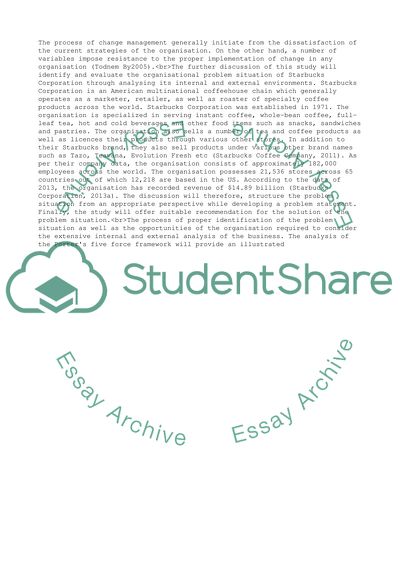Cite this document
(Enhancing organisations and employability Essay, n.d.)
Enhancing organisations and employability Essay. https://studentshare.org/management/1878894-enhancing-organisations-and-employability
Enhancing organisations and employability Essay. https://studentshare.org/management/1878894-enhancing-organisations-and-employability
(Enhancing Organisations and Employability Essay)
Enhancing Organisations and Employability Essay. https://studentshare.org/management/1878894-enhancing-organisations-and-employability.
Enhancing Organisations and Employability Essay. https://studentshare.org/management/1878894-enhancing-organisations-and-employability.
“Enhancing Organisations and Employability Essay”. https://studentshare.org/management/1878894-enhancing-organisations-and-employability.


